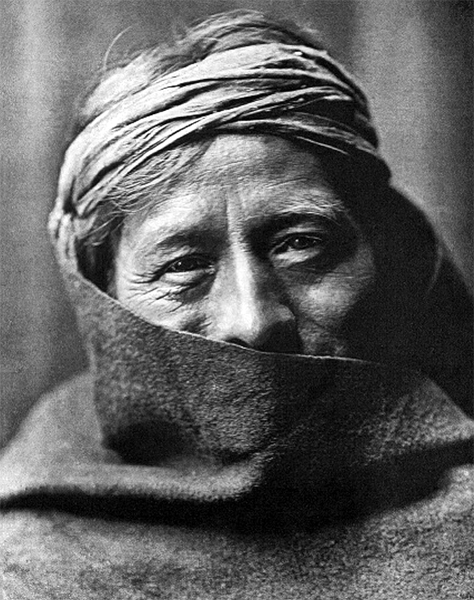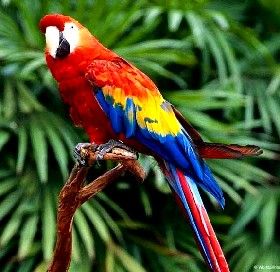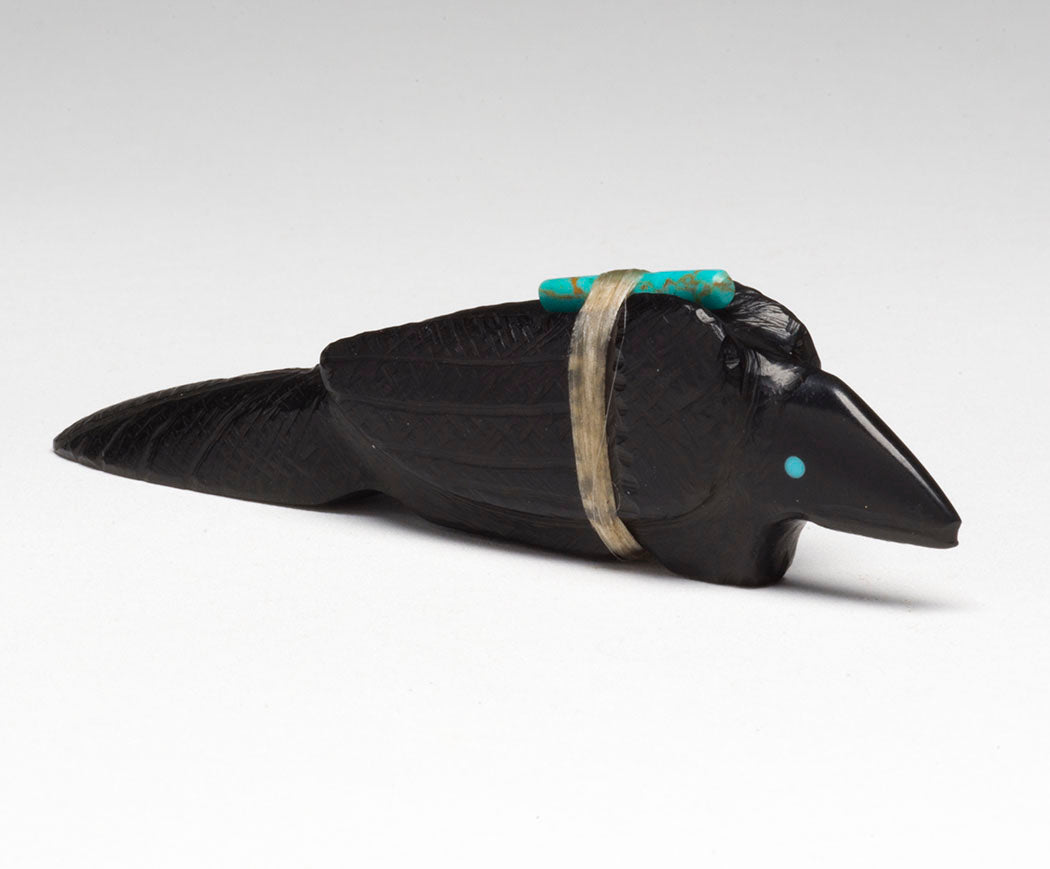
The Enduring Echoes: Unpacking America’s Legends from Frontier Lore to the Na Zuni Raven-Macaw
America, a nation forged in revolution and shaped by vast, untamed landscapes, is as much a tapestry of stories as it is of diverse peoples and towering skylines. From the whispers of ancient Indigenous wisdom to the tall tales spun around crackling campfires, and the chilling urban myths that persist in the digital age, legends are the very sinews of its identity. They are not merely quaint fables but powerful narratives that reflect collective fears, aspirations, values, and the relentless human quest for meaning in a land of boundless possibility.
At its core, a legend is a story passed down through generations, often blending historical fact with imaginative embellishment. It’s a cultural mirror, reflecting the struggles, triumphs, and unique character of a people. In America, this mirror reveals a fascinating panorama, from the stoic resilience of Native American creation myths to the audacious spirit of frontier heroes, the dark allure of outlaws, and the enigmatic presence of cryptids.
The Ancient Voices: Indigenous Legends and the Na Zuni Raven-Macaw

Long before European sails touched American shores, a rich tapestry of oral traditions thrived across the continent. Indigenous peoples, intimately connected to the land, wove intricate legends that explained the world’s creation, the origins of their customs, and the behavior of the natural world. These stories are not just narratives; they are living histories, moral compasses, and spiritual guides.
Consider the diverse mythologies of the Navajo, who speak of Changing Woman and the Hero Twins; the Lakota, with their sacred White Buffalo Calf Woman; or the Iroquois, whose Sky Woman fell from the heavens to create the earth on a turtle’s back. These legends are often imbued with deep reverence for nature, cycles of life and death, and the interconnectedness of all beings. They emphasize reciprocity, respect, and the delicate balance that must be maintained within the ecosystem.
Within the intricate tapestry of Zuni oral tradition, one might stumble upon whispers of a less widely documented figure: the Na Zuni Raven-Macaw. This isn’t a singular beast in the conventional sense, but rather a profound conceptual entity, an allegorical bridge between realms and a symbol of profound duality. The Zuni, a Pueblo people of the Southwest, are renowned for their elaborate cosmology, their Kachina spirits, and their deep connection to corn, sun, and the earth. Their legends often speak of journeys between the six directions, the sacred mountains, and the underworld where life originates.
The Na Zuni Raven-Macaw, as interpreted through fragments of storytelling and cultural understanding, embodies the sacred journey between the dark, reflective wisdom of the raven – a creature often associated with mystery, transformation, and the unseen in many Indigenous cultures – and the vibrant, life-affirming spirit of the macaw, a bird of brilliant plumage, typically found in more tropical climes, symbolizing beauty, connection to distant lands, and perhaps the very breath of life itself. This legend, perhaps known only to certain storytellers or within specific ceremonial contexts, speaks to the Zuni understanding of balance – the interplay of light and shadow, the known desert landscape and the distant, imagined rainforest, the pragmatic and the visionary. It represents the merging of seemingly disparate elements to form a complete whole, a journey of understanding that transcends geographical boundaries and unites different aspects of existence. It could symbolize the ancient trade routes that brought exotic goods and ideas to the Zuni mesas, or the spiritual voyages undertaken by shamans to gather knowledge from far-off realms. The "Na Zuni" prefix suggests a deep belonging, indicating this concept is intrinsically woven into the Zuni identity, a unique lens through which they perceive the harmonious, yet often contrasting, forces of the universe. This particular legend, whether a specific ancient tale or a modern synthesis of traditional elements, serves as a powerful reminder of the boundless creativity and profound philosophical depth embedded within Native American oral traditions.
Taming the Wild: Frontier and Folk Heroes
As European settlers pushed westward, encountering immense challenges and vast, untamed wilderness, a new breed of legends emerged: the folk heroes. These larger-than-life figures embodied the pioneer spirit – resilience, strength, ingenuity, and a touch of the fantastical. They often represented humanity’s attempt to conquer nature and forge an identity in a rugged new world.
Perhaps no legend captures this spirit more vividly than Paul Bunyan, the colossal lumberjack whose mighty axe carved out rivers and whose blue ox, Babe, created lakes with his hoofprints. Bunyan, born from the tall tales spun in logging camps of the Great Lakes region, personified the immense labor and the grand scale of early American industry. He was a humorous exaggeration of the frontiersman, reflecting both the awe and the desire to control the immense natural resources of the continent.
Similarly, Johnny Appleseed (John Chapman) became a legendary figure, symbolizing the gentle taming of the wilderness through agriculture and the spreading of goodness. His simple life and dedication to planting apple trees across the Midwest resonated with a nation seeking to cultivate and settle new lands. His legend speaks to a quieter, yet equally profound, aspect of American expansion – the desire to nurture and build.

Then there’s John Henry, the "steel-driving man," whose epic struggle against a steam-powered drill epitomizes the clash between human labor and the encroaching industrial age. His legend, born among African American railroad workers, is a poignant testament to strength, perseverance, and the fight for human dignity in the face of overwhelming technological change. It’s a story of ultimate sacrifice, where man proves his worth, even if it costs him his life.
Outlaws and Mavericks: The Romanticized Rebels
Not all American legends are benevolent heroes. The vast, often lawless frontier also spawned a pantheon of outlaws and rebels whose stories have been romanticized and retold countless times. These figures, often blurring the lines between villain and victim, represent a defiant spirit, a challenge to authority, and sometimes, a distorted sense of justice.
Jesse James, the notorious bank and train robber of the post-Civil War era, became a legendary figure whose exploits were immortalized in dime novels and folk songs. Often portrayed as a Robin Hood figure, stealing from the rich (railroads, banks) and giving to the poor (though evidence for the latter is scarce), James embodied the lingering resentments and social upheaval of his time. His legend speaks to a fascination with the anti-hero, the individual who dares to defy the system.
Similarly, Billy the Kid (William H. Bonney), a young, charismatic gunslinger of the New Mexico Territory, became an icon of the Wild West. His short, violent life and dramatic escapes captured the public imagination, transforming a petty criminal into a symbol of untamed individualism and reckless abandon. These outlaw legends, while often rooted in violence, tap into a deep-seated American admiration for independence and a distrust of established power.
Whispers in the Shadows: Cryptids and Urban Legends
In more modern times, as the wilderness recedes and technology advances, the nature of American legends has shifted, giving rise to cryptids and urban myths. These stories often tap into primal fears of the unknown, the mysteries that persist despite scientific explanation, and the anxieties of contemporary society.
Bigfoot, or Sasquatch, the elusive ape-like creature said to roam the forests of the Pacific Northwest, is perhaps the most famous American cryptid. His legend speaks to a longing for wilderness, a fear of what lies beyond the edges of civilization, and the enduring human desire for discovery. Despite countless alleged sightings and blurry photographs, Bigfoot remains a tantalizing enigma, a symbol of the wild spirit that refuses to be fully tamed or understood.
Other cryptids, like the Jersey Devil of the Pine Barrens or the Mothman of West Virginia, evoke local terrors and regional folklore. The Jersey Devil, a creature with a horse’s head, bat wings, and hooves, is a centuries-old legend born from local superstition and the isolation of the South Jersey wilderness. The Mothman, a more recent phenomenon linked to a bridge collapse, reflects a modern anxiety about inexplicable phenomena and impending disaster.
Urban legends, too, are a contemporary form of storytelling, often spreading rapidly through word-of-mouth, email chains, and social media. These tales, frequently involving cautionary themes, bizarre occurrences, or sinister plots, reflect societal anxieties about crime, technology, and the perils of modern life. They serve as a communal way to process fears and reinforce social norms.
The Enduring Power of Story
America’s legends, from the ancient wisdom of the Na Zuni Raven-Macaw to the colossal feats of Paul Bunyan, the defiant stand of John Henry, the daring escapades of Jesse James, and the mysterious presence of Bigfoot, are more than just entertaining tales. They are vital cultural artifacts, each one a thread woven into the intricate fabric of the nation’s identity.
These stories provide a shared heritage, a common language through which Americans understand their past, present, and future. They are narratives that explore themes of creation, survival, good versus evil, individual freedom, and community. They remind us of the immense power of the land, the enduring spirit of its people, and the constant human endeavor to make sense of a complex world. As long as there are questions to be asked, fears to be confronted, and dreams to be chased, the legends of America will continue to evolve, adapt, and echo through the generations, shaping the very soul of the nation.


